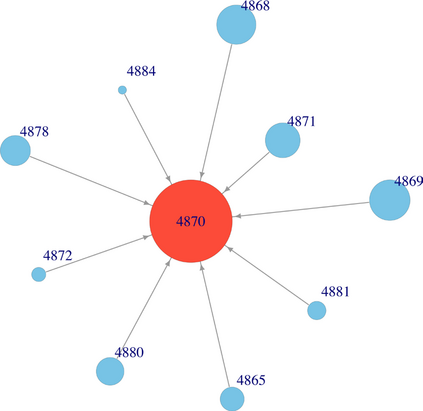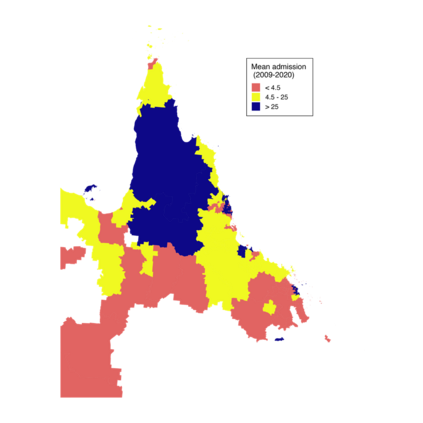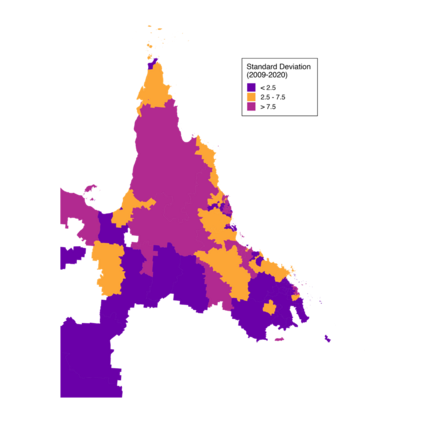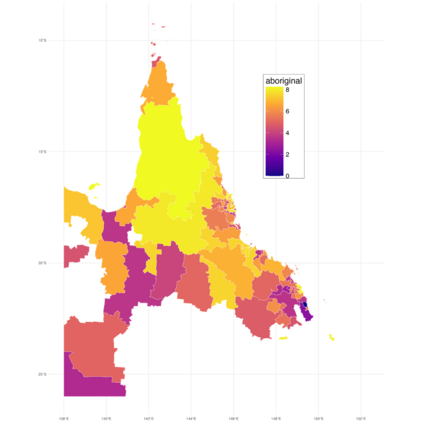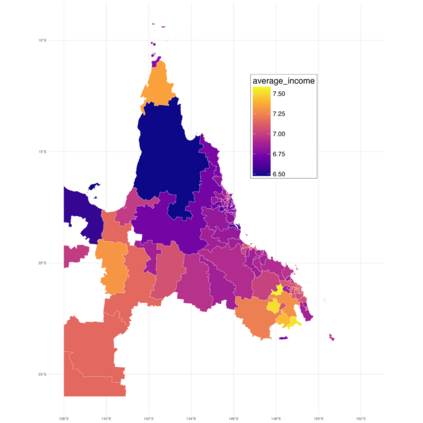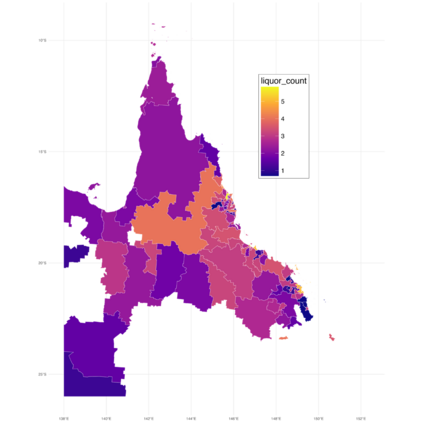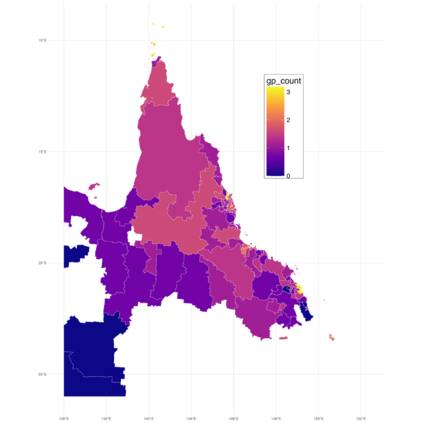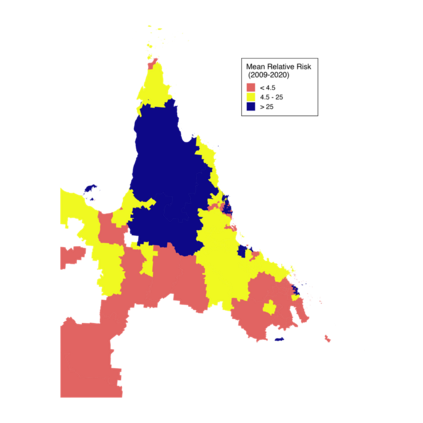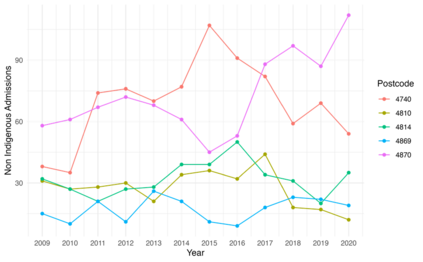This study examined the spatial-temporal dynamics of Emergency Examination Order or Authority (EE-O/A) admissions in Far Northern Queensland (FNQ) from 2009 to 2020, using 13,035 unique police records aggregated across 83 postcodes. A two-stage modelling framework was used: Lasso was used to identify a parsimonious set of socio economic and health-service covariates, and a Conditional Autoregressive (CAR) model incorporated these predictors with structured spatial and temporal random effects. This research demonstrates that socio-economic disadvantage and service accessibility drive EE-O/A incidence, underscoring the need for targeted mental-health interventions and resource allocation in impoverished FNQ communities. Limitations include reliance on cross-sectional census data for covariates and potential ecological bias from data fusion.
翻译:暂无翻译


